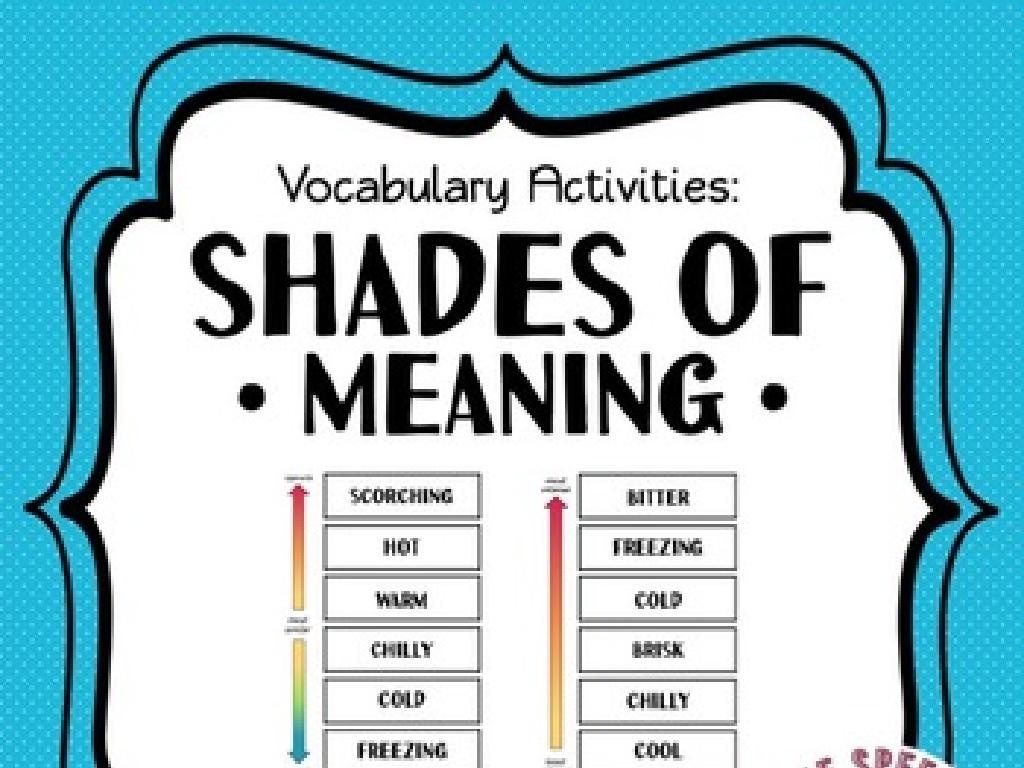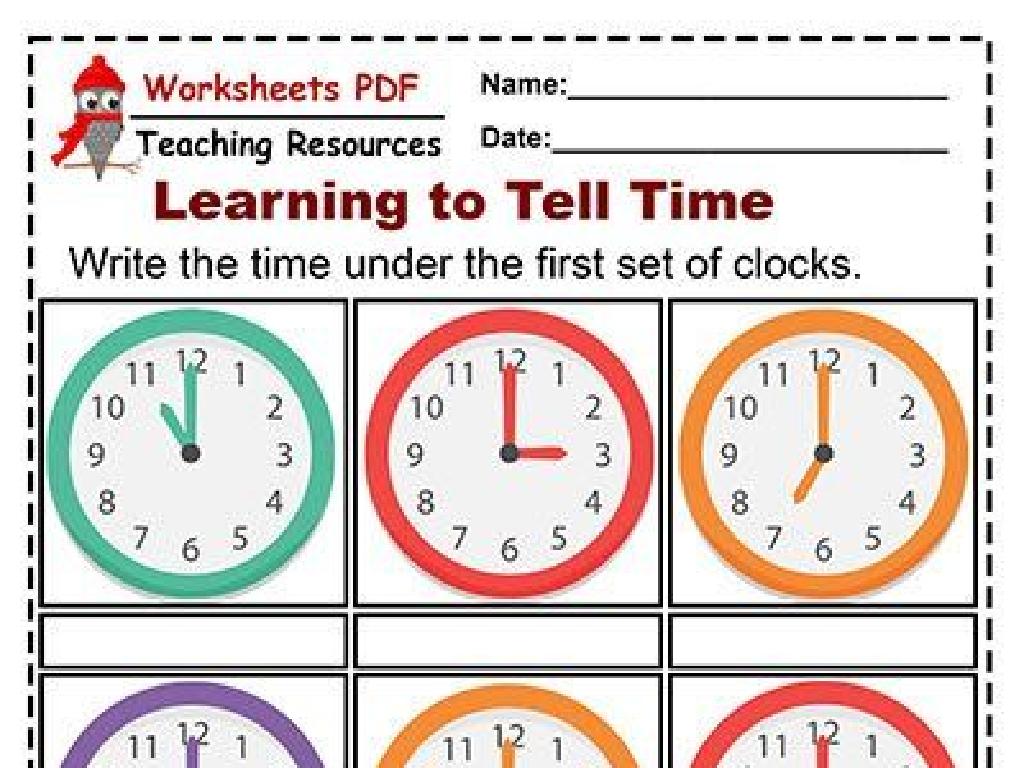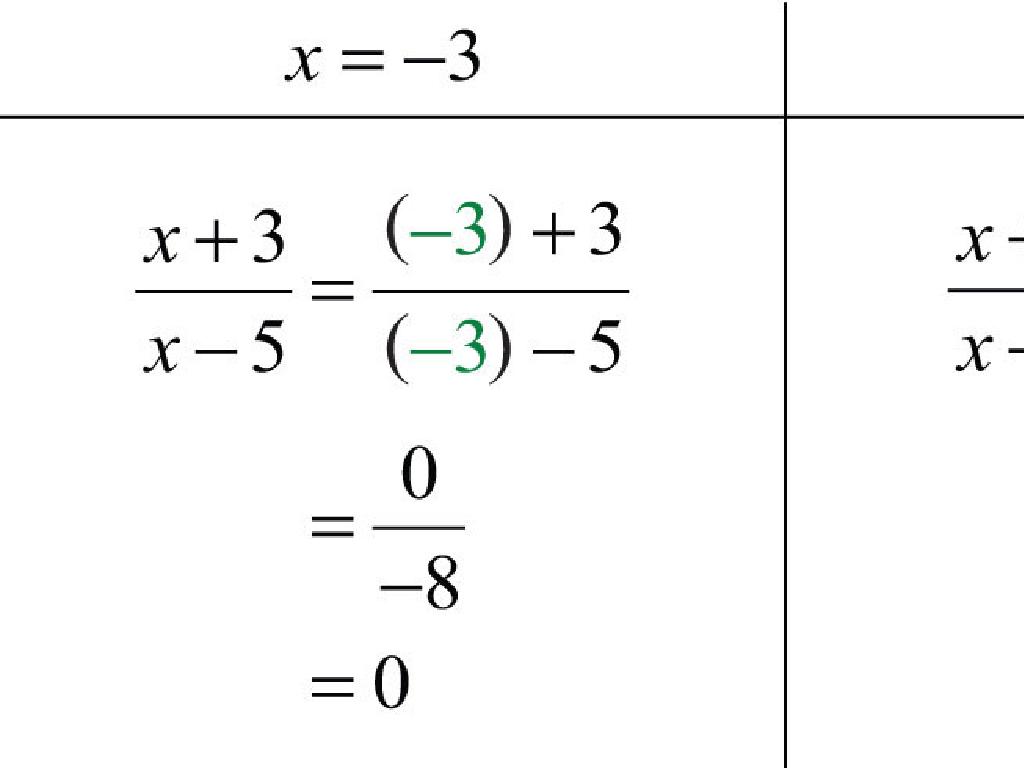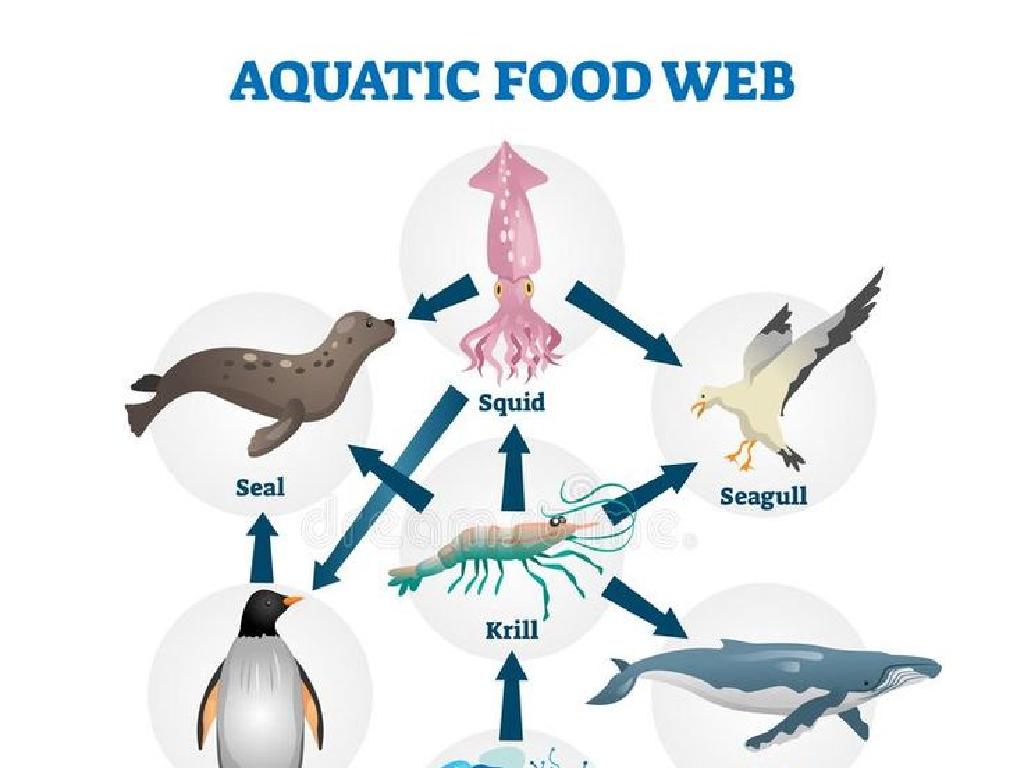Identify Adverbs
Subject: Language arts
Grade: Third grade
Topic: Adjectives And Adverbs
Please LOG IN to download the presentation. Access is available to registered users only.
View More Content
Welcome to Adjectives and Adverbs!
– Greeting and topic introduction
– Understanding adjectives and adverbs
– Adjectives describe nouns, adverbs describe verbs
– Learning objectives for today
– We’ll learn how to spot adverbs in sentences
– Exciting activities ahead
|
Begin the class with a warm welcome and introduce the topic of adverbs, ensuring to capture the students’ attention. Explain that adjectives are words that describe nouns, like ‘big’ or ‘colorful’, and adverbs are words that describe verbs, often ending in ‘-ly’, like ‘quickly’ or ‘happily’. Outline the learning objectives, which include understanding the role of adverbs in sentences, identifying adverbs in examples, and using adverbs in their own writing. Get the students excited about the interactive activities planned, which will help reinforce their understanding of adverbs.
Exploring Adjectives
– Recap: What is an adjective?
– Describes a noun, like ‘big’ or ‘colorful’
– Adjectives in sentences
– ‘The quick, brown fox jumps over the lazy dog.’
– Find adjectives: Class activity
– Let’s find adjectives in sentences together!
– Discuss adjective examples
|
Begin with a brief review of adjectives, emphasizing their role in describing nouns. Use clear, simple examples to illustrate adjectives in action within sentences. For the interactive portion, present sentences on the board and ask students to identify the adjectives. This activity engages students and reinforces their understanding of adjectives. Encourage participation by asking questions and providing immediate feedback. Conclude by discussing the adjectives found during the activity, ensuring students grasp the concept. Prepare sentences with varying complexity to cater to different skill levels within the class.
Exploring Adverbs
– Adverbs: What are they?
– Words that describe verbs, adjectives, or other adverbs
– Types of adverbs
– Manner, place, time, frequency, degree
– Adverbs in sentences
– ‘Quickly’ in ‘She ran quickly.’ shows how she ran
– How adverbs modify
– They tell us how, where, when, how often, and to what extent
|
This slide introduces the concept of adverbs to third-grade students. Begin by defining adverbs as words that add more information about verbs, adjectives, or other adverbs. Explain the five types of adverbs: manner (how?), place (where?), time (when?), frequency (how often?), and degree (to what extent?). Provide clear examples for each type, using simple sentences that the students can easily understand. Emphasize that adverbs can modify not just verbs, but also adjectives and other adverbs, enhancing the meaning of a sentence. Encourage students to come up with their own examples and to look for adverbs in their favorite books or stories.
How to Spot Adverbs in Sentences
– Adverbs answer specific questions
– How did it happen? When? Where? How much?
– Many adverbs end with ‘-ly’
– Quickly, happily, softly are examples of adverbs
– Practice finding adverbs together
– Let’s look at sentences and find the adverbs
|
This slide is aimed at teaching third graders how to identify adverbs in sentences. Begin by explaining that adverbs are words that describe verbs, adjectives, or other adverbs and answer questions like How? When? Where? and To what extent? Emphasize that while many adverbs end in ‘-ly’, not all do, so they need to think about the role the word plays in the sentence. Engage the class in a collaborative activity where they identify adverbs in example sentences you provide. This interactive approach helps solidify their understanding of adverbs and how they function within the context of a sentence.
Adjectives vs. Adverbs
– Adjectives describe nouns
– Adverbs describe verbs
– Venn diagram: similarities & differences
– Adjectives and adverbs both describe, but they do not describe the same things.
– Classify words: game time!
– Is ‘quickly’ an adjective or adverb? How about ‘happy’?
|
This slide aims to help students understand the difference between adjectives and adverbs. Adjectives are words that describe nouns, like ‘blue’ in ‘the blue sky’. Adverbs are words that modify verbs, adjectives, or other adverbs, like ‘quickly’ in ‘she runs quickly’. Use a Venn diagram on the board to illustrate the differences and the similarities (both can tell us more about something). For the interactive part, prepare a list of words and ask students to classify them as adjectives or adverbs. This will be a fun way to reinforce their understanding and engage them in the learning process. Make sure to have examples ready for both correct and incorrect answers to facilitate learning.
Let’s Practice Identifying Adverbs!
– Find adverbs in given sentences
– Explain why a word is an adverb
– Adverbs describe how, when, where, or how much
– Review answers together in class
– Discuss tricky adverb examples
– Some adverbs can be confusing; let’s figure them out!
|
This slide is for a class activity focused on identifying adverbs. Provide students with sentences and have them pinpoint the adverbs within. Encourage them to explain their reasoning, focusing on how adverbs modify verbs, adjectives, or other adverbs, often answering the questions how, when, where, or to what extent. As a class, go over the answers, ensuring to correct and clarify any misconceptions. Use this opportunity to discuss adverbs that may not fit the typical mold or are similar to adjectives, which can be tricky for third graders. This will help students understand the flexibility and variety of adverbs in English grammar.
Class Activity: Adverb Hunt
– Pair up and write sentences with adverbs
– Exchange sentences with another pair
– Find and highlight the adverbs used
– Look for words that describe how, when, or where
– Discuss the adverbs as a class
– Which questions do the adverbs answer?
|
This interactive class activity is designed to help students identify adverbs in a fun and collaborative way. Students will first work in pairs to create sentences that include adverbs, focusing on how these adverbs add to the meaning of the verbs. After writing their sentences, each pair will swap their sentences with another pair to find and highlight the adverbs. This peer review process encourages students to engage with each other’s work and think critically about word usage. Finally, the class will come together to discuss the adverbs they’ve found and the questions they answer, such as ‘how?’, ‘when?’, or ‘where?’. This discussion will reinforce their understanding of adverbs and their functions within a sentence. As a teacher, be prepared to guide the discussion and provide feedback. Possible activities for different pairs could include writing sentences based on pictures, using adverbs in a storytelling context, or creating adverb-based riddles for their peers to solve.
Wrapping Up: Adverbs & Homework
– Recap: What are adverbs?
– Adverbs describe verbs, adjectives, and other adverbs
– Homework: Craft 10 sentences
– Create sentences using adverbs like ‘quickly’, ‘very’, ‘always’
– Use different adverbs in each
– Next Lesson: Degrees of adverbs
– Learn about comparative and superlative adverbs next class
|
As we conclude today’s lesson on adverbs, remind students that adverbs are words that modify verbs, adjectives, and other adverbs, often ending in ‘-ly’. For homework, they should write 10 sentences, each with a different adverb, to reinforce their understanding. Encourage creativity and the use of a variety of adverbs. In the next class, we’ll explore comparative and superlative adverbs, which compare actions or qualities. Make sure students understand the homework assignment and the expectations for the next lesson. Offer examples of adverbs and encourage students to use their new vocabulary in their sentences.






